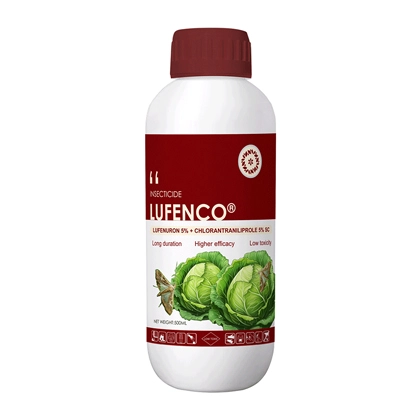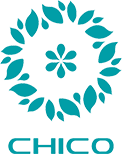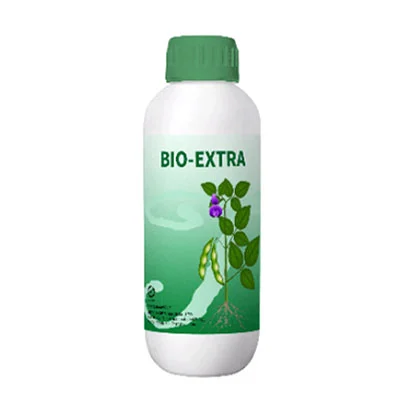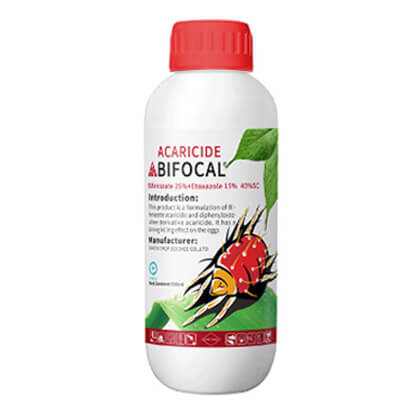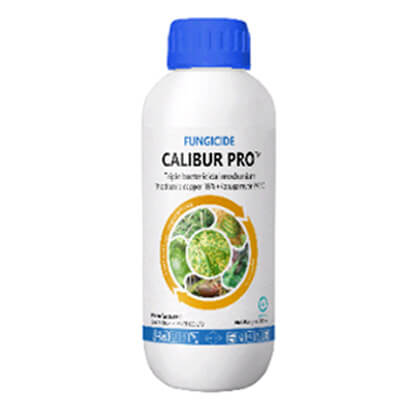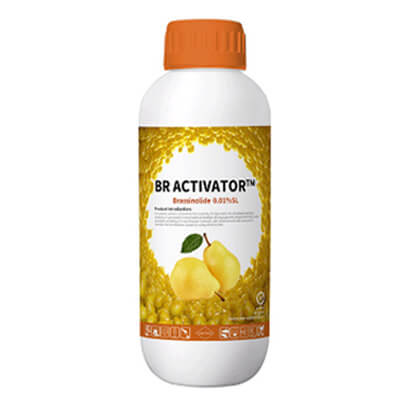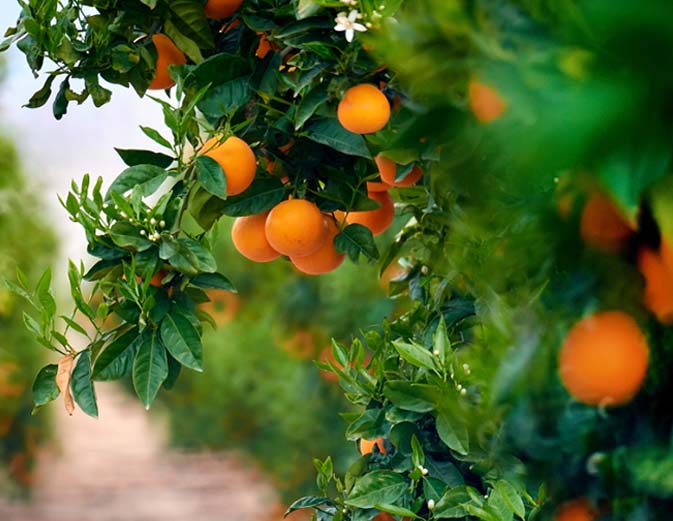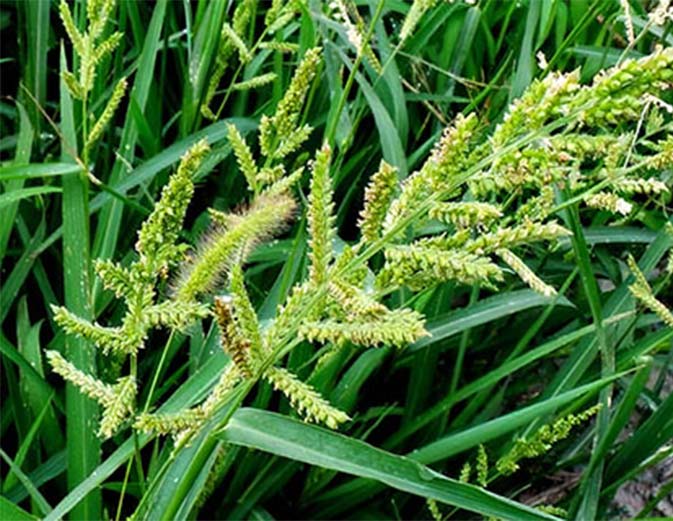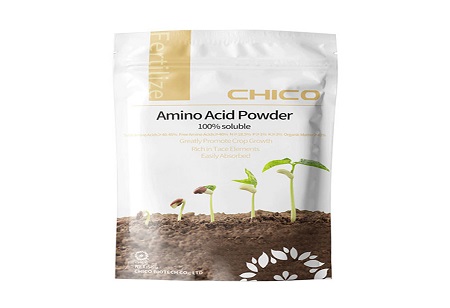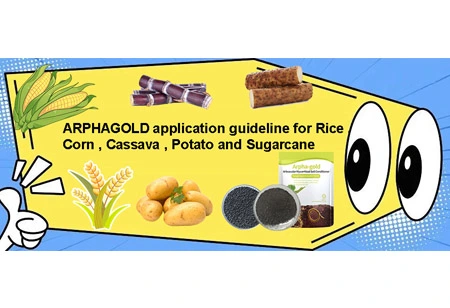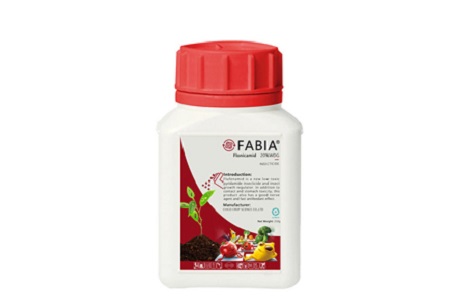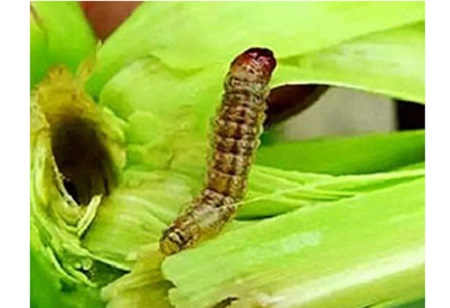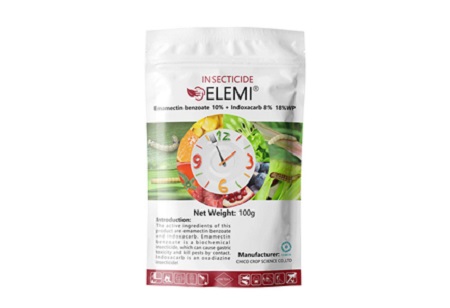
CAMBRI® Chlorfenapyr 24%SC Insecticide
Product Introduction
Product Feature
Product Feature
Advantage
Chlorfenapyr is a pyrrole insecticides and acaricide with a novel structure. It has excellent control effect on drilling, piercing-sucking and chewing pests and mites. More effective than cypermethrin and cyfluthrin. Stronger than dicofol and cyhexatin.
Broad insecticidal spectrum; combined with gastric toxicity and contact killing effect; effect duration lasts for 10 days.
Low toxicity and high efficiency. No cross resistance with other pesticides.
Applicable Crops
Cruciferous vegetables such as cabbage, kale, Chinese cabbage, and pakchoi, beans, cowpea, leek, cucumber, chieh-qua, eggplant, tea, apple, pear, citrus, etc.





Targets
Various pests such as diamondback moth, the small white, beet armyworm, tropical armyworm, cabbage webworm, mustard aphid, leafminer, and thrips.





Uses and Recommendations
| Crops | Targets | Dosage | Application method |
Cabbage | Beet armyworm | 375-495 ml/ha | Spray |
| Cabbage | Diamondback mot | 375-495 ml/ha | Spray |
| Cucumber | Tropical armyworm | 600-750 ml/ha | Spray |
| Eggplant | Thrips | 300-450 ml/ha | Spray |
| Eggplant | Red spider | 300-450 ml/ha | Spray |
| Tea | Tea green leafhopper | 375-450 ml/ha | Spray |
| Pear | Psyllids | Diluted to 1250-2500 times | Spray |
| Apple | Topical armyworm | Diluted to 4000-6000 times | Spray |
1. Cucumber: Apply at the peak or early larval stage of egg hatching, applying once every 7-10 days, and use it twice consecutively, but no more than 2 uses per growing season.
2. Eggplant: Use the drug before the nymph stage, thrips nymph stage or early larvae stage, and before the peak of the pest occurs. The safety interval is 7 days, and no more than 2 uses per growing season.
3. Tea tree: Apply the drug during the nymph's flourishing period, once. The safety interval is 7 days, and no more than 1 use per growing season.
4. Apple tree: Apply the pesticide in the peak period of egg hatching, and apply it once every 7-10 days, and use it twice consecutively. The safety interval is 14 days, and it is used no more than 2 times in each growing season.
5. Pear tree: Foliar spray 1-2 times. The drug was started at the early stage of the young larvae (1-2 instars), and the first control was carried out when the shoot shoots were 5 cm long. If there are overlapping generations of nymphs, the drug should be used twice consecutively, with an interval of 7-10 days, and the safety interval is 14 days. It is used no more than 2 times in each growing season.
Cautions
Each crop can only be used up to 2 times to avoid drug resistance; the safety interval on cruciferous vegetables is tentatively set at 14 days.
Sensitive to cruciferous vegetables or melon crops such as watermelon, zucchini, bitter gourd, melon, muskmelon, winter melon, pumpkin, hanging melon, loofah, etc. It is not recommended for use during the tender leaf stage.
This agriculture insecticide is toxic to fish, and cannot be directly sprayed to the water and water source; because of its toxicity to aquatic organisms, there are potential risks in the application of rice fields.




